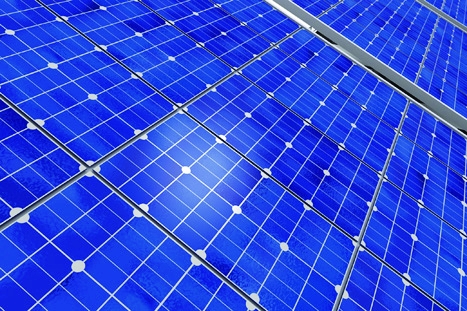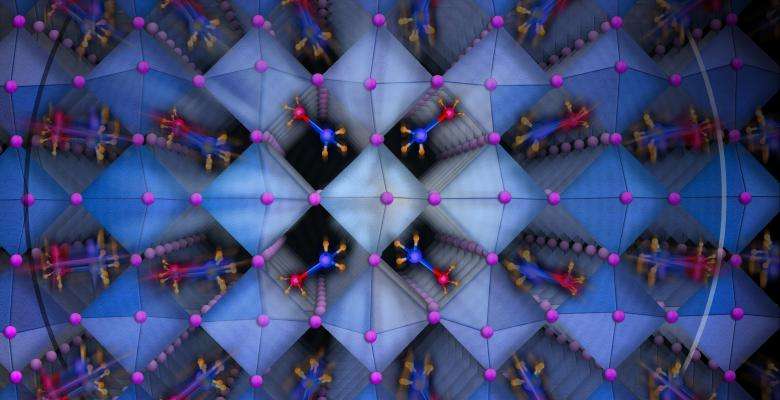Research carried out at Columbia University in the US could lead to the development of solar cells with double the efficiency of conventional silicon-based technology.
The team’s work - reported in the journal Science - focused on a class of materials known as Hybrid Organic Inorganic Perovskites (HOIPs).
Silicon panels, which currently dominate the solar energy market, must have a purity of 99.999 percent to be effective and even microscopic defects can dramatically affect their performance. The reason HOIPs have caused so much excitement is that they are able to harvest energy from sunlight even when the crystals had a significant number of defects. And because they don't need to be pristine they can be produced on a large scale and at low cost.

Over the last seven years, scientists have managed to increase the efficiency of HOIPs to 22 percent from 4 percent. The best silicon cells, the product of decades of research, are able to convert around 25 percent of the sun’s energy into electrical current.
But whilst scientists already knew that the material outperformed traditional solar cell materials, they didn’t fully understand why until now.

The Columbia team discovered that the rate of energy loss from energised electrons is much slower in HOIPs and also that the mechanism responsible for this actually prevents the electrons from bumping into defects in the materials.
Professor Xiaoyang Zhu, who led the research, claims that the discovery will make it possible to optimise the design of the materials and push the efficiency of HOIP based cells well beyond the incumbent technology. "It opens up a big, big field in engineering,” he said “[and] shows we can push the efficiencies of solar cells much higher than many people thought possible."




Nanogenerator consumes CO2 to generate electricity
Whoopee, they've solved how to keep a light on but not a lot else.